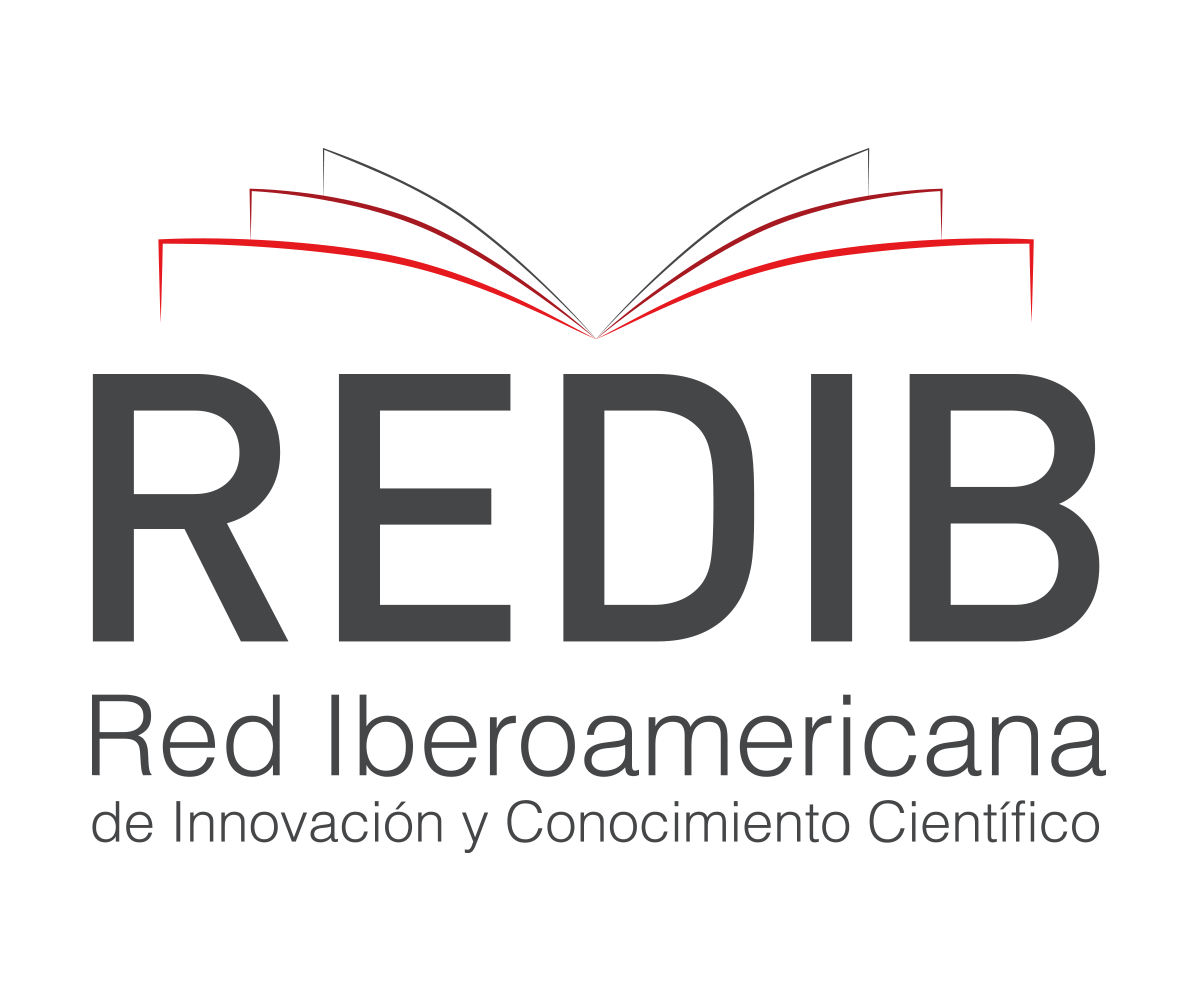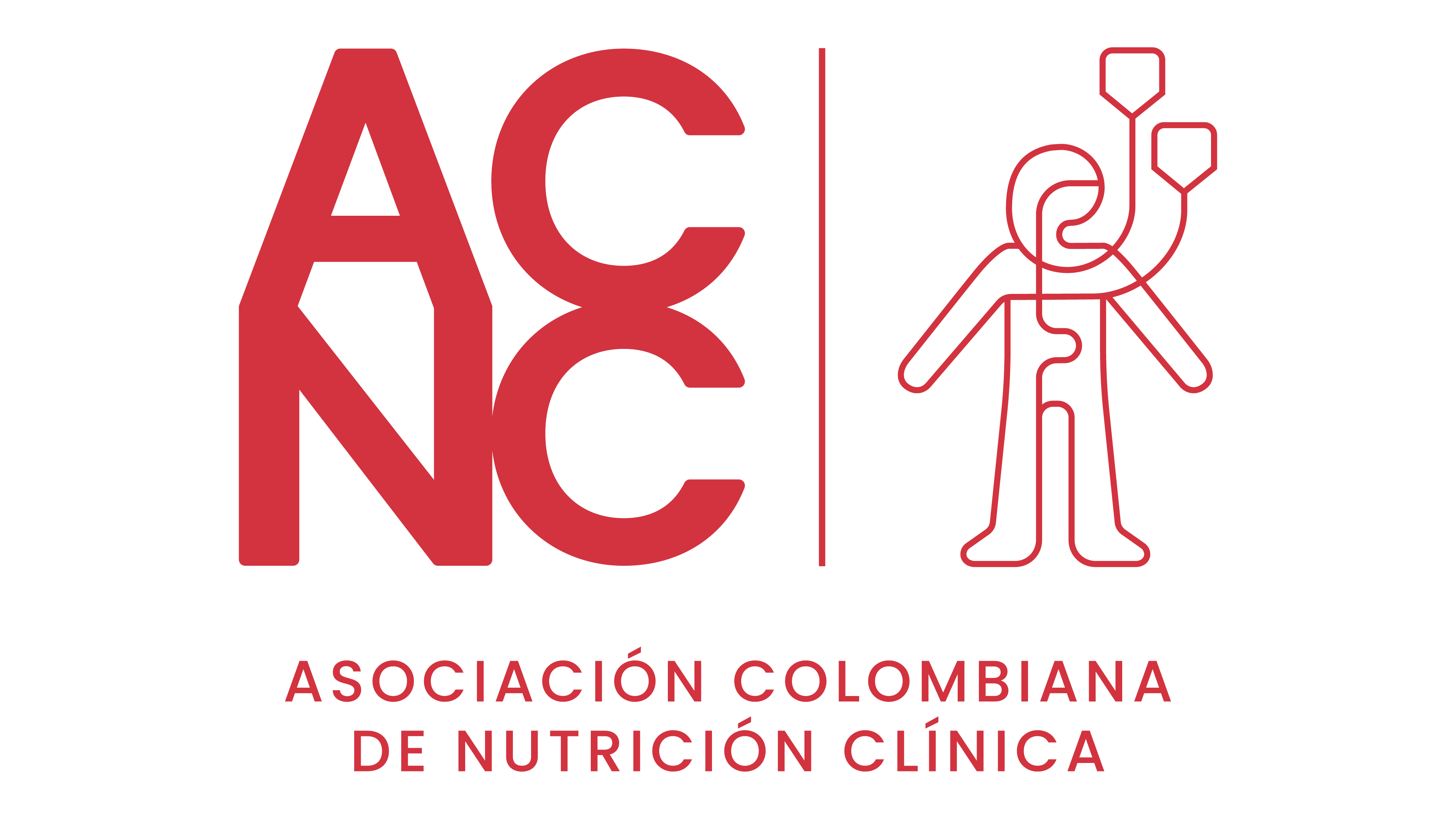Interventions to prevent iron deficiency anemia in premature children. Controversies
DOI:
https://doi.org/10.35454/rncm.v1n1.078Keywords:
Iron, Preterm birth infant, Nutrition, Iron deficiency, AnemiaAbstract
The third trimester of gestation is the period of highest accretion of macro and micronutrients. Preterm newborns present a lower weight than full-term newborns. They should have a postnatal growth pace to allow them to reach a normal fetus composition of that conception age. To do so, an early nutrition
should be set up to contribute several more amounts of nutrients than normally needed for full-term newborns, preventing complications during hospital stay. Nutritional deficit is difficult to compensate despite of early enteral and parenteral nutrition with fortified human milk. Iron plays an essential role and its depletion generates iron deficiency anemia which is common among this population as well as neurodevelopmental disorders. There are preventive measures such as delayed cord clamping and blood extraction control during hospitalization. However, there are some controversial issues in relation to iron doses, treatment duration, administration ways, transfusion criteria, the association with enterocolitis. In order the risk of angiogenic effect in the increase incidence of retinopathy on preterm infants. In current practice, the pediatrician faces the dilemma of deciding among different strategies to administer iron amounts so as to avoid iron deficiency anemia and also the excess related problems, so as to get rid of economic and social costs on the short and long terms, enhancing the development and health on childhood, teenage and adulthood.
Downloads
References
Salud Materno Infanto-juvenil en cifras. UNICEF-Sociedad Argentina de Pediatría (SAP). Ciudad Autónoma de Buenos Aires. Argentina; 2015. Consultado febrero 2018: Disponible en: www.unicef.org/argentina
Adamkin DH. Feeding in preterm infant. In: Perinatal Nutrition Optimizing Infant Health and Developmental. J Bathis, Ed. New York: Marcel Dekker, 2004; 165-90.
Neu J, Hauser N. Postnatal nutrition and adult heath programming. Semin Fetal Neonatal Med. 2007;12(1): 78-86.
Toca M, Tonietti M, Vecchiarelli C. Nutrición pre y postnatal: Impacto a largo plazo en la salud. Arch Argent Pediatr. 2015;113(3):248-53.
Nutrición del Niño Prematuro. Recomendaciones para las Unidades de Cuidado Intensivo Neonatal. Dirección Nacional de Maternidad e Infancia. Ministerio de Salud. Presidencia de la Nación. Edición 2015; p. 2-48.
De Curtis M, Rigo J. Extrauterine growth retardation in very-low-birth weigth infants. Acta Paediatr. 2004; 93(12):1563-8.
Coverston CR, Schwartz R. Extrauterine growth restriction: a continuing problem in the NICU. Am J Matern Child Nurs. 2005; 30(2):101-6.
Ziegler EE. Meeting the Nutritional Needs of the Low-Birth-Weight Infant. Ann Nutr Metab. 2005; 58 (suppl. 1):8–18.
Agostoni C, Buonocore G, Carnielli VP, De Curtis M, Darmaun D, Decsi T, et al. Enteral nutrient supply for preterm infants: commentary from the European Society of Paediatric Gastroenterology, Hepatology and Nutrition Committee on Nutrition. J Pediatr Gastroenterol Nutr. 2010; 50:85-91.
European Society of Paediatric Gastroenterology and Nutrition. Committee on Nutrition of the Preterm Infant Nutrition and feeding of preterm infants. Acta Paediatr Scand Suppl. 1987;336:1-14.
Embleton NE, Pang N, Cooke Rj. Postnatal malnutrition and growth retardation: an inevitable consequence of current recommendation in preterm infants? Pediatrics. 2001;107:270-3.
Ronnholm KAR, Siimes MA. Haemoglobin concentration depends on protein intake in small preterm infants fed human milk. Archives of Disease in Childhood; 1985;60:99-104.
Dallman PR. Iron deficiency and the immune response. Am J Clin Nutr. 1987; 46:329-34.
Baker R, Greer F and The Committee on Nutrition. Diagnosis and prevention of iron deficiency and iron-deficiency anemia in infants and young children (0 - 3 years of age). Pediatrics. 2010;126:1040-50.
Jian Wang, Kostas Pantopoulos. Regulation of cellular iron metabolism. Biochem. J. 2011; 434:365–81.
Langini SH, Portela ML, Lázzari A, Ortega Soler CR, Lönnerdal B. Do indicators of maternal iron status reflect placental iron status at delivery? J Trace Elem Med Biol. 2006;19: 243-9.
Rao R, Georgieff M. Iron Therapy for Preterm Infants. Clin Perinatol. 2009; 36(1):27-42.
Domellof M, Braegger C, Campoy C, Colomb V, Decsi T, Fewtrell M, et al. Iron Requirements of Infants and Toddlers. On Behalf of the ESPGHAN Committee on Nutrition. JPGN. 2014;58:119-29.
Ceriani Cernadas JM, Carroli G, Pellegrini L, Ferreira M, Ricci C y col. Efecto del clampeo demorado del cordón umbilical en la ferritina sérica a los seis meses de vida. Estudio clínico controlado aleatorizado. Arch Argent Pediatr. 2010;108 (3):201-8.
Rabe H, Reynolds G, Diaz-Rossello J. Clampeo precoz versus clampeo tardío del cordón umbilical en prematuros (Revisión Cochrane traducida). En: La Biblioteca Cochrane Plus, número 4, 2007. Oxford, Update Software Ltd. Disponible en: http://www.update-software.com (Traducida de The Cochrane Library, 2007 Issue 4. Chichester, UK: John Wiley & Sons, Ltd.).
Tarnow-Mordi W, Morris J, Kirby A, Robledo K, Askie L, Brown R, et al. Delayed versus inmediate Cord Clamping in Preterm Infants. N Engl J Med. 2017;377:2445-55. Disponible en: http://www.maternoinfantil.org/archivos/A53.PDF. Consultado en febrero de 2018.
Gibson RS. Assessment of Iron Status. In: Gibson RS, editor. Principles of Nutritional Assessment. New York – Oxford. Oxford University Press; 1990; p. 349-76.
Comité Nacional de Hematología, Oncología y Medicina Transfusional, Comité Nacional de Nutrición. Deficiencia de hierro y anemia ferropénica. Guía para su prevención, diagnóstico y tratamiento. Arch Argent Pediatr. 2017;115(Supl 4):68-82.
Cerami C. Iron Nutriture of the Fetus, Neonate, Infant and Child. Ann Nutr Metab. 2017; 71(suppl 3):8–14.
Mills RJ, Davies MW. Enteral iron supplementation in preterm and low birth weight infants. Cochrane Library. Cochrane Database of Systematic Reviews, Issue 3. Art. No.: CD005095. 2012:1-84.
Lafay M. Exploración de una anemia. Acta Bioquím Clín Latinoam. 2003;37 (2):203-28.
Langini SH, Fleischman S, López LB, Moratal Ibáñez L, Lardo MM, Ortega Soler CR, Pita Martín de Portela ML. Utilidad de la ferritina sérica para evaluar depósitos de hierro maternos en el post parto inmediato. Acta Bioquímica Clínica Latinoamericana. 2004;38(2):173-9.
Cook JD, Skikne BS, and Baynes RD. Serum Transferrin Receptor. Ann. Rev. Med. 1993; 44: 63-74.
Collins JF, Wessling-Resnick M and Knutson MD. Hepcidin regulation of Iron transport. J. Nutr. 2008;138: 2284.
Domellöf M. Nutritional care of premature infants: microminerals. World Rev Nutr Diet. 2014;110:300-5.
Madhava R Beeram, MD, David R. Krauss, MD, Mark W. Riggs. Red blood cell transfusion practices in very low birth weight infants in 1990s postsurfactant era. J Natl Med Assoc. 2001;93:405-9.
Hsiu-Lin Chen, Hsing-I Tseng, Chu-Chong Lu, San-Nan Yang, Hui-Chen Fan, Rei-Cheng Yang. Effect of Blood Transfusions on the Outcome of Very Low Body Weight Preterm Infants under Two Different Transfusion Criteria Pediatr Neonatol. 2009;50(3):110−6.
Raghavendra Rao. Georgieff MK. Iron Therapy for Preterm Infants. Clin Perinatol. 2009; 36(1):27– 42.
Golombek SG, Fariña D, Sola A, Baquero H, Cabañas F, Dominguez F y col. Segundo Consenso Clínico de la Sociedad Iberoamericana de Neonatología (SIBEN). Manejo hemodinámico del recién nacido. Rev Panam Salud Pública. 2011;29(4):281–302.
Guía de Práctica Clínica para la prevención, diagnóstico y tratamiento de la Retinopatía del Prematuro (ROP). Dirección Nacional de Maternidad, Infancia y Adolescencia. Ministerio de Salud de la Nación. Edición 2016. Buenos Aires, Argentina.
Donato H, Vain N, Rendo P, Vivas N,Prudent L, Larguía M, Digregorio J, Vecchiarelli C, et al. Effect of Early Versus Late Administration of Human Recombinant Erythropoietin on Transfusion Requirements in Premature Infants: Results of a Randomized, Placebo-Controlled, Multicenter Trial. Pediatrics. 2000;105:1066–72.
Linxia Qiao, Qingya Tang, Wenying Zhu, Haiyan Zhang, Yuefang Zhu, Hua Wang. Effects of early parenteral iron combined erythropoietin in preterm infants. A randomized controlled trial. Medicine. 2017; 96:9(e5795).
Friel JK, Andrews WA, Hall MS, Rodway MS, Keith M, McCloy CU, et al. Intravenous Iron Administration to Very-Low-Birth-Weight Newborns Receiving Total and Partial Parenteral Nutrition. JPEN J Parenter Enteral Nutr. 1995;19(2):114-8.
Fallon EM Nehra D, Potemkin AK, Gura KM, Simpser E, Compher C. A.S.P.E.N. Clinical guidelines: nutrition support of neonatal patients at risk for necrotizing enterocolitis. JPEN J Parenter Enteral Nutr. 2012;36(5):506-23.
Pluhator-Murton MM, Fedorak RN, Audette RJ,Marriage BJ, Yatscoff RW, Gramlich LM. Trace element contamination of Total
Parenteral Nutrition. 1- Contribution of Component Solutions. JPEN J Parenter Enteral Nutr. 1999;23(4): 222-7.
Menéndez AM, Weisstaub AR, Montemerlo H, Rusi F, Guidoni M, Piñeiro A, Pita Martín de Portela ML. Contenido de zinc y cobre en los componentes individuales de las mezclas para fórmulas pediátricas de nutrición parenteral total. Nutrición Hospitalaria. 2007;22(5):545-51.
Menéndez AM, Farías SS, Servant R, Morisio Y, Misischia Y, Simon S, Pita Martín de Portela ML. Contenido de aluminio en componentes individuales utilizados para preparar mezclas de nutrición parenteral en Argentina y su comparación con la legislación internacional. Nutrición Hospitalaria. 2014;29(6):1380-7.
Menéndez AM, Farías SS, Servant R, Cortez I, Montemerlo HJ, Weisstaub A R, Russi F, Pita Martin de Portela ML. Iron contamination in parenteral nutrition mixtures. Ann Nutr Metab. 2017;71(suppl 2):425.
Franz AR, Mihatsch WA, Sander S, Kron M, Pohlandt F. Prospective randomized trial of early versus late enteral iron supplementation in infants with a birth weight of less than 1301 grams. Pediatrics. 2000;106:700–6.
Friel JK, Andrews WL, Aziz K, Kwa PG, Lepage G, L’Abbe MR. A randomized trial of two levels of iron supplementation and developmental outcome in low birth weight infants. J Pediatr. 2001;139:254–60.
Sánchez Ruiz-Cabello FJ. Prevención primaria y cribado de ferropenia en lactantes. En: Recomendaciones PrevInfad / PAPPS [en línea]; 2011. Consultado: febrero 2017 [Disponible en http://www.aepap.org/previnfad/ferropenia.htm
Hall RT, Wheeler RE, Benson J, Harris G, Rippetoe L. Feeding iron-fortified premature formula during initial hospitalization to infants less than 1800 grams birth weight. Pediatrics. 1993;92(3):409–14.
Hong-Xing Jin, Rong-Shan Wang, Shu-Jun Chen, Ai-Ping Wang, Xi-Yong Liu. Early and late Iron supplementation for low birth weight infants: a meta-analysis Cochrane Neonatal Group Jin et al. Italian Journal of Pediatrics. 2015;41:16.
Pita Martín de Portela, María Luz y Vecchiarelli, Carmen. Los complementos de la leche materna en la Nutrición del niño prematuro. Rev Farmacéutica. 2012;54:18-38.
Published
How to Cite
Issue
Section
License
Copyright (c) 2018 Ana María Menéndez, Carmen Vecchiarelli, María Luz Pita Martín de Portela

This work is licensed under a Creative Commons Attribution-NonCommercial-ShareAlike 4.0 International License.



















